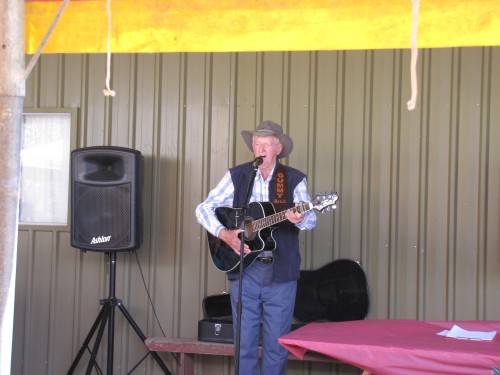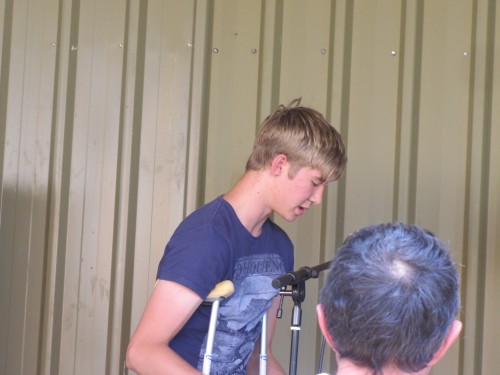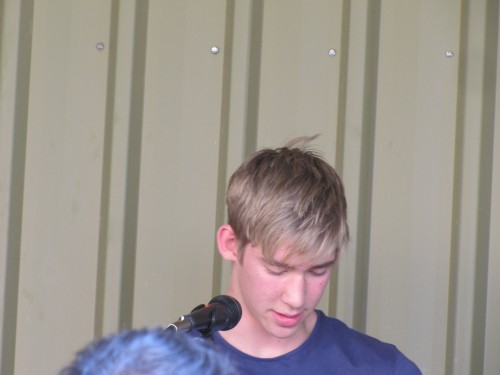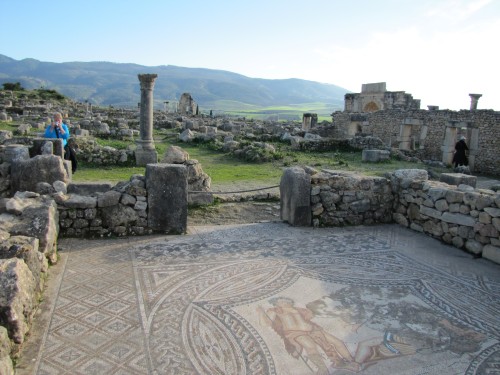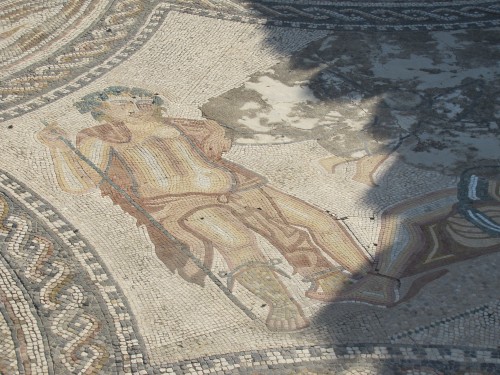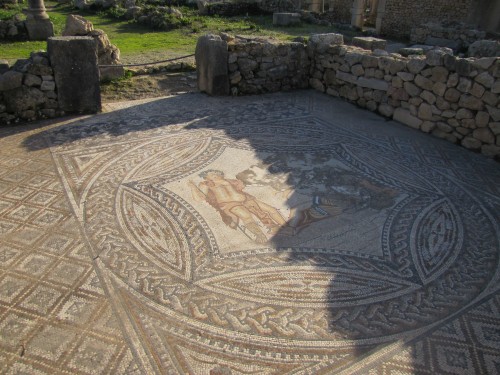Taplan Railway Centenary Celebrations part 4
Over recent days I have been writing about the Taplan Railway Centenary celebrations held last October. Before the speakers came to give their presentation, the gentleman shown above entertained the gathered crowd with a few appropriate songs he had written about the locale. He is a current resident of the town and well known for his songs.
After the official welcome each of the founding families had a representative come to the microphone to give a short presentation about their place in the history of the Taplan district, south east of Loxton in South Australia. The first settlers came in the late 1800s, but it was not until the water pipeline and the railway line were built in 1913 that the town really flourished. I went to the local school in the 1950s. It is no longer open.
All of the people doing a presentation related events in their family history, each one presenting it like a diary entry written by their ancestor. It was very effective way of presenting history. One of the presenters was my great nephew Lochie who told about the struggles of my father (his great grandfather) and his grandfather (my brother). Lochie’s father now farms the family land and he is quickly learning the ropes too. His hands-on approach, even as a teenager, is already proving invaluable in the daily running of the property.
His great grandfather would be utterly amazed at the scale of farming being undertaken today, and the vast array and size of machinery now utilised in this district.
Mosaics in Roman ruins of Volubilis in Morocco
Over the last week or so I have been sharing photos of the Roman ruins we saw at Volubilis during our recent tour of Morocco. Volubilis is a UNESCO World Heritage site and is an amazing place to visit.
The town was settled in the third century BC but only began to grow in size and influence under Roman rule in the first century AD. It was occupied for more than 700 years after the Romans were defeated in 285AD. It was almost destroyed by an earthquake in the eighteenth century and only in the last few decades have archaeologists discovered the true extent, beauty and historic value of the ruins.
While the whole site is impressive, the highlight for me was seeing the beautiful mosaic tiles on the floor, as shown in today’s photos.
Shipwreck Trail, Stenhouse Bay, Yorke Peninsula
The southern coast of Yorke Peninsula in South Australia is a rugged coastline and has been the cause of many ship wrecks over the years. The rocky coastline, combined with the wild winds and raging seas surging up from the Southern Ocean and all the way from Antarctica, is a potent mixture.
At various places along the coast there are lookouts over the sites of various ship wrecks, like the one where I took these photos at Stenhouse Bay. In fact, there is a well established Shipwreck Trail visitors can follow along this coast. One of the signs is shown below. Some of the wrecks are open to divers as well.
The Investigator Straight is the body of water between the southern coast of Yorke Peninsula and Kangaroo Island to the south. It is named after the ship Investigator, captained by Matthew Flinders, an explorer in Australia’s early history. A staggering 26 ships have been wrecked in this small body of water between 1849 to 1982 with the loss of 70 lives.
